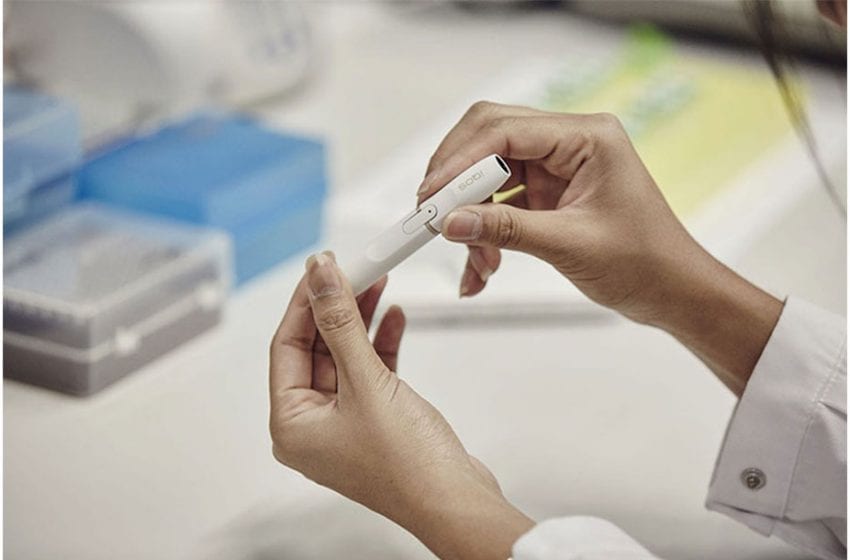
The importance of literature reviews in support of tobacco harm reduction.
By Dean Hatt
Toxicology plays an important role in bringing next-generation products (NGPs) to market, ensuring they meet global regulatory requirements and contribute to the global body of evidence supporting tobacco harm reduction. Alongside analytical testing of the product’s aerosol, literature reviews are an important step in the toxicology human health assessment to build an understanding of the product’s performance, improve safety and ensure regulatory compliance. Here, Dean Hatt, senior toxicology consultant at scientific testing and consultancy specialist Broughton, shares insight into literature reviews for next-generation nicotine product toxicology.
Toxicological tests help build an informed, scientifically justified understanding of the risk that NGPs present to health. This involves considering the nature of any hazards presented by an ingredient, exposure levels during normal usage, and the physical dose response, to build a risk characterization for the overall product.
Toxicology assessments must be developed using a tailored approach to study design, data gathering, and risk assessment based on the product requirements and the proposed regulatory pathway.
Importance of Literature Reviews
Literature reviews are useful in two key areas of NGP development. Firstly, for hazard assessment, to gather data on specific toxicology endpoints for any chemical in the product and/or its aerosol. Hazard assessment is usually conducted relatively early in the product development process. By doing so, scientists can provide input into the sensitivity of analytical studies to establish if the identified components may be a health risk at the quantities identified.
Literature reviews are also required as part of certain submissions, later in the product development process when completing the regulatory dossier. A thorough literature review is essential for manufacturers seeking approval via the marketing authorization application pathway to get their product approved as a nicotine-replacement therapy in the U.K. It is also necessary for those targeting premarket tobacco product application approval for consumer products in the U.S.
Conducting a Literature Review
A literature search for an NGP is a large body of work that can take several hundred hours to complete, depending on how wide the scope is. It encompasses assessing specific chemicals using authoritative sources or pre-agreed search terms and libraries.
The literature search will typically involve hazard assessments for product-specific chemicals, where the scientist will look up various endpoints, e.g., carcinogenicity, genotoxicity, reproductive and developmental toxicity, irritation and sensitization from a number of sources to identify whether there is evidence that the chemical has toxicity associated with those endpoints.
A CAS Registry Number is used as a unique identifier for a chemical, as some chemicals are referred to by different names or have different isomers. Menthol, for example, can take many forms: D menthol, L menthol, levomenthol and more.
The researcher may also look for health-based guidance values, which demonstrate the level at which a chemical is deemed not to be of any concern. This is compared against the exposure concentration, which is derived from analytical data and estimated product consumption to quantify the risk.
Wider Research
When conducting wider research via a literature search as part of the regulatory application, the process will typically begin by agreeing on the search terms, such as “nicotine,” “toxicity” and “inhalation.” The researcher can then search agreed platforms, such as PubMed, PubChem and The British Library, to create a list, which often exceeds 2,000 references. The researcher will then prioritize these according to quality, recency and relevance to narrow the list down to the papers with the most appropriate information.
If, during the literature search, a chemical is flagged for a specific toxicity, the researcher may recommend a more comprehensive assessment of that chemical, particularly if they have identified something the research team was not aware of.
Further research may be required if there is a gap in the literature. It may be that the chemical has not been studied before or that it has not been included in any previous products due to its likely toxicity. There is also modeling (in silico) software available, such as Derek Nexus and Leadscope Model Applier, which can help predict the likelihood of a chemical structure being carcinogenic or genotoxic by comparing it against a library of other structures. This is utilized where experimental data of the chemical in question is unavailable.
The toxicologist can also build a toxicity profile in support of product safety. This is tailored to the relevant regulatory pathway based on the existing hazard data, published scientific studies and expert body reviews. Toxicologists can also produce a quantitative risk assessment and create a comprehensive regulatory report evaluating the potential health risks associated with both individual ingredients and the whole product. These reports would be the output from the literature review and subsequent toxicology assessments.
Due to the scale and complexity of the task, many NGP manufacturers choose to outsource their literature searches to a trusted analytical testing and integrated consulting partner. This partner can then provide swift expert toxicological advice to ensure the product is safe and compliant with relevant regulatory requirements while saving the manufacturer time and ensuring quality.












